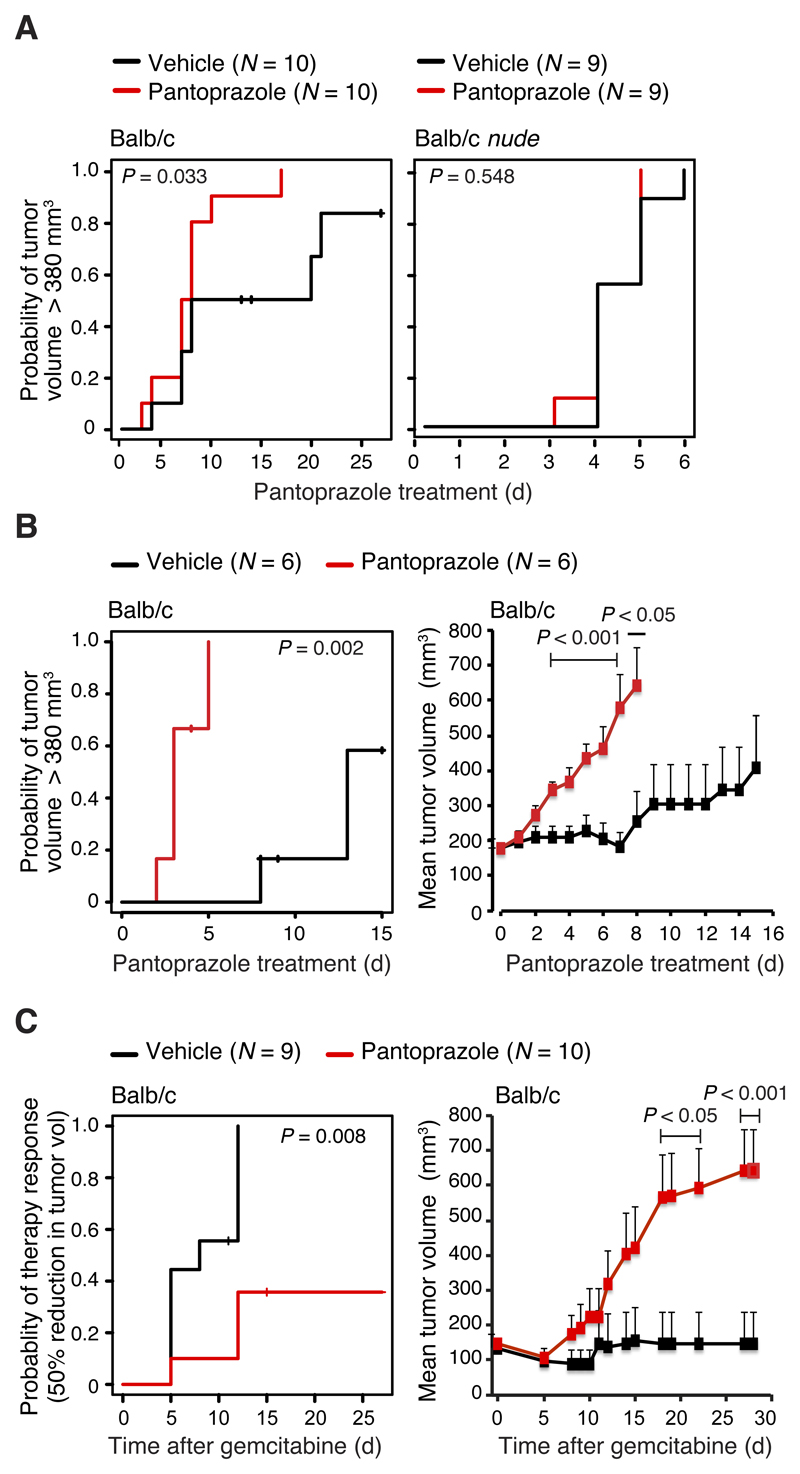Figure 5. Effect of pantoprazole on MT2 breast carcinoma allograft growth in FVB/N mice.
Kaplan-Meier plots representing the probability of tumor progression to a volume of 380 mm3 (left) or the survival of the mice (tumor volume > 900 mm3) (middle), and mean tumor volumes + SEM (right) show the effect of pantoprazole on doxorubicin responsiveness of MT2 breast carcinoma allografts in immunocompetent FVB/N mice. Day 0 is the day tumors reached 65 mm3. Mice were treated intraperitoneally with vehicle or 5 mg/kg/day pantoprazole starting on day 0 (“doxorubicin groups”) or on days 1-3 when tumor volume reached 113 mm3 (“no doxorubicin” groups). Intraperitoneal doxorubicin treatment was given on days 0 (2 mg/kg), 8 (3 mg/kg), 16 (3 mg/kg) and 24 (3 mg/kg) as indicated by arrow heads. Mice were followed until tumor volumes reached 900 mm3 or the end of the experiment (day 133). One mouse in the “Vehicle+Doxo” group was sacrificed and censored due to an injection injury on day 9. P values were calculated using log-rank test (Kaplan-Meier plots) or two-tailed, homoscedastic Student’s t-test (mean tumor volumes).

